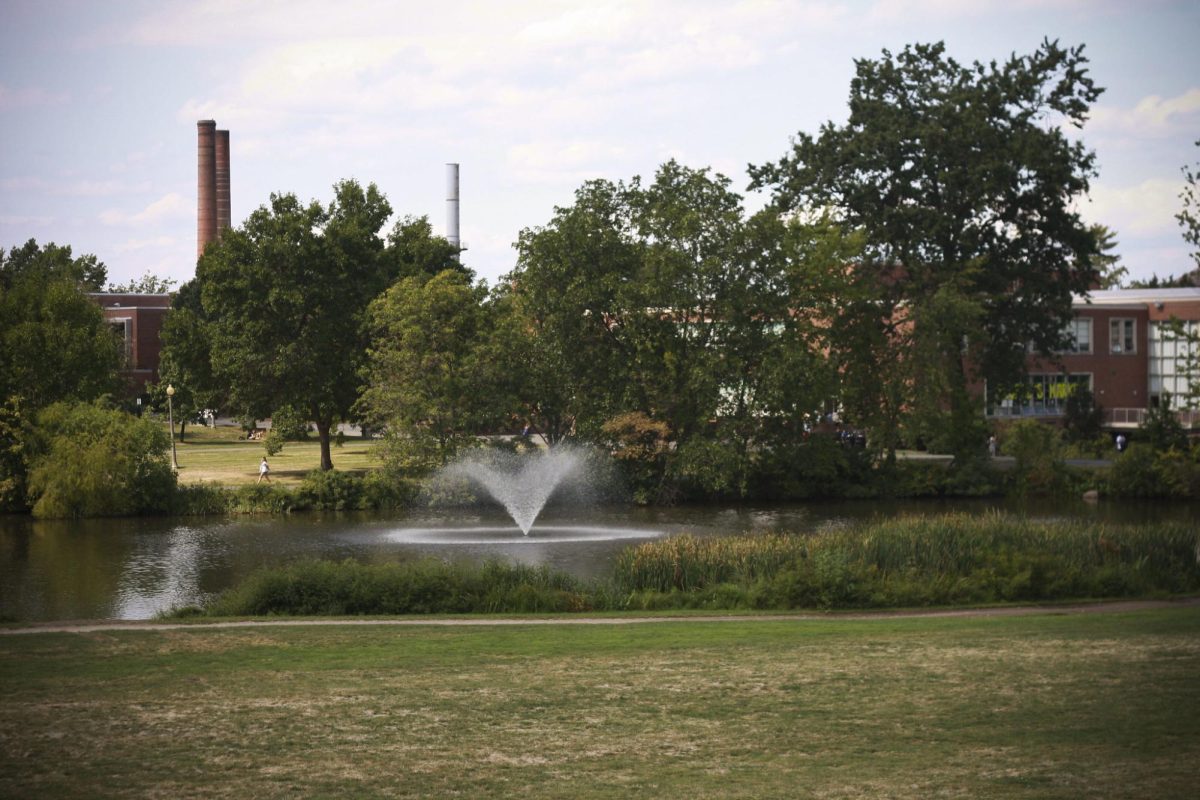
“A thing may happen and be a total lie; another thing may not happen and be truer than the truth.” When Tim O’Brien penned this potent sentence in his book “The Things They Carried,” a quasi-fictional Vietnam War memoir, he could have easily been describing the current conflict in Syria.
Whatever has been happening in Syria- uprising, rebellion, conflict, civil war, etc. – has been so distorted, confusing and grotesquely unorganized that it has become difficult to distinguish truths from untruths. For a conflict that erupted in March of 2011, toward the end of the Arab Spring back in 2010, we know shockingly few hard facts.
What we do know is grim: incidents involving bombs, massacres, disorganized violence and allegations of human rights violations from both ‘sides’ abound. The media reports new attacks and death tolls every day, and international deliberation pertaining to potential humanitarian involvement or military intervention has been going on since the onset of the conflict.
Through the smoke of the bombs, however, comes a new, undeveloped story, one of sexual violence. Human rights issues and the innocent people killed by the bombings and gunfire have been the subjects of innumerable features, articles and campaigns, but the women of Syria have not received similar treatment. No “CNN Breaking” tweets report the sexual violence these women are experiencing on a daily basis.. However, the fact remains that the level of sexual violence currently experienced by Syrian women is one of the biggest human rights violations happening today and unfortunately, nobody is talking about it.
A report by the International Rescue Committee states that rape is a “significant and disturbing feature of the Syrian civil war,” and in three assessments of Syrian refugees living in Lebanon and Jordan, Syrians identified rape and sexual violence as a primary reason their families fled the country.
“Many women and girls relayed accounts of being attacked in public or in their homes, primarily by armed men,” the report states. “These rapes, sometimes by multiple perpetrators, often occur in front of family members.”
Further reports from the Women’s Media Center’s ‘Women Under Siege’ project describe similarly horrifying stories.
“Syrian women have become central targets of sexualized violence from…all sides, but mostly the Syrian Army,” that report states, hypothesizing that the number of women who have fallen victim to sexual violence could be in the thousands.
The reasons for the media’s relative silence regarding this appalling sexual violence are at once blessedly identifiable and frustratingly complicated. Firstly, because of the stigma regarding rape- it is seen as bringing dishonor not to the perpetrator but to the victim and her family- Syrian survivors rarely report rape. The International Rescue Committee’s report pronounces that many victims fear retribution by the assailants, being killed by the ‘shamed’ family members, or being married off at an early age to safeguard their honor. If they do reach refugee camps, potentially unsafe conditions and domestic violence await. In fact, according to the Women Under Siege report, more than 20 percent of Syrian female rape victims [N1] are either murdered or commit suicide after their assaults.
Secondly, a quick glance through the Women’s Media Center headlines under the tag “Sexual Violence in Syria” tells us that the vast majority of reported sexual violence is categorized as “unverified.” This sheds potential light on the reasoning behind the mainstream news media’s silence on the topic; without verification, many networks hesitate or refused to publish the story. But how could you possibly look to verify personal stories of rape in such a chaotic, cataclysmic situation like this? In the midst of massacres and gunfights, recordkeeping has fallen through the cracks. As the country’s physical infrastructure crumbles under the weight of shells and bombs, so too does its legal and medical system.
The International Rescue Committee has put out recommendations for addressing violence against Syrian women and girls; included on the list are increased funding for violence prevention and response programs, clinical and emotional care, provision of economic aid and a minimization of domestic violence. Notice that nothing on this list, perhaps save for increased funding, is viable in the short-term, which is the term necessitating action. Nobody seems to have viable, implementable answers right now, but the hope is that by drawing attention to the problem of sexual violence in this conflict someone somewhere might have better, more sustainable ideas. By recounting their stories, these women receive at least a modicum of justice. They cannot morally, legally or humanely be ignored any longer.
The story in Syria is nothing new. Time after time, war after war, we see the same heartbreaking reports of violence against women, much of it sexual. As Lauren Wolfe writes for CNN, “…the story … falls all too neatly into the pattern of ripping apart families- rape and other forms of sexualized violence have long been used as a tool of war to destroy not only individual bodies but entire communities … what is happening in Syria is no exception.”
This does not, however, mean that the world can simply stand by and ignore these atrocities. The world needs to wake up, the silence needs to be broken and hope must not be destroyed. These women deserve better.
Emily Merlino is a Collegian contributor. She can be reached at [email protected].













Arafat • Feb 5, 2013 at 8:42 am
Your article describes a historic pattern associated with Islam. Mohammed, Islam’s prophet, raped and enslaved women. The Quran and particularly the hadiths are filled with material supporting this.
In addition, gang-rape by Islamists is documented throughout Sudan, currently in Mali, it was not uncommon in Tahir Square during the “Arab Spring and is now used by the Muslim Brotherhood, it is common in Pakistan and Afghanistan as well.
Until people start being open, honest and truthfull about Islam this common horror will continue to be misunderstood and not placed in the context necessary for people to understand its root cause and historical use and practice in the Muslim religion.